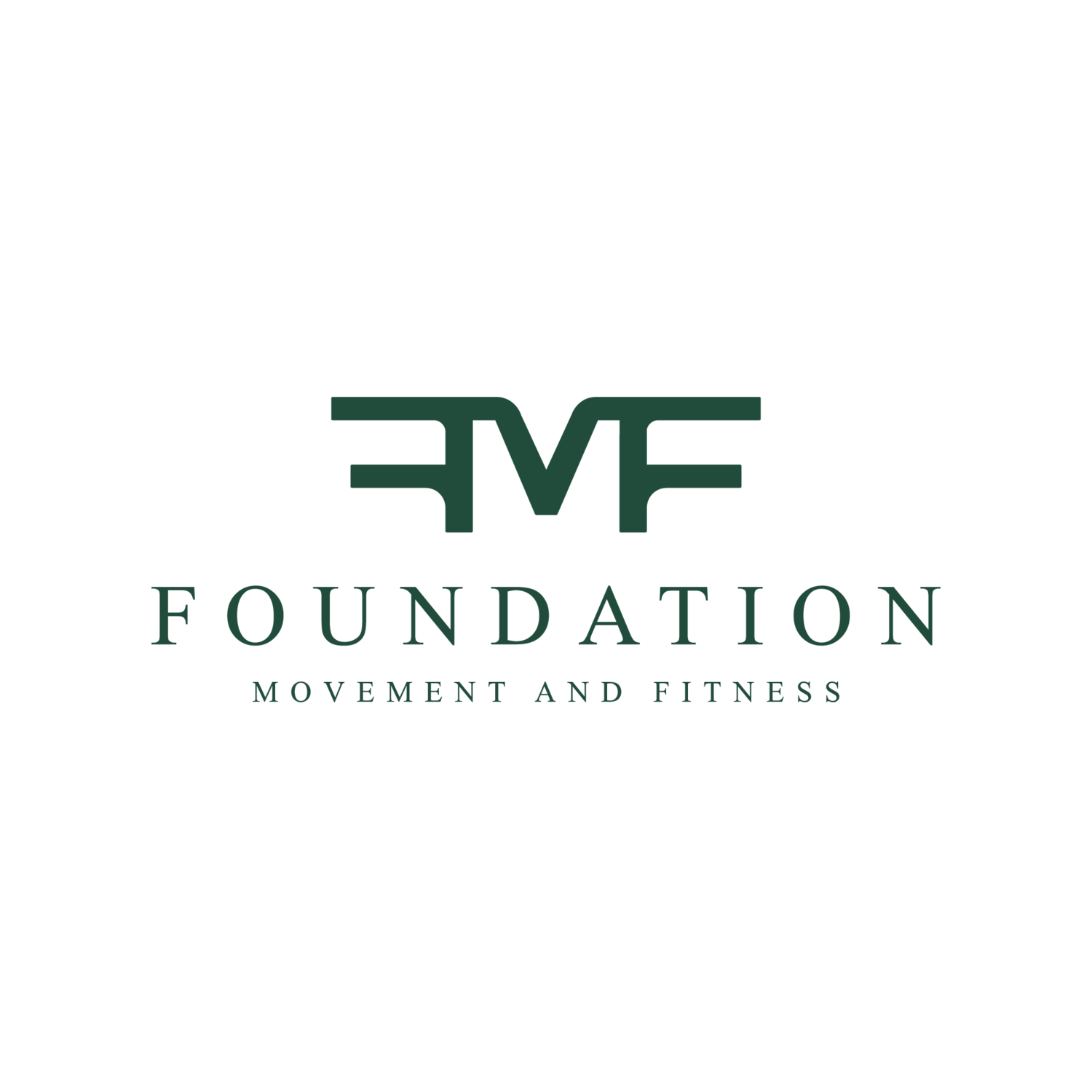It’s the moment we’ve been waiting for! We’re finally going to get into HOW we tackle training plyometrics with our older populations. This is part III of this series so if you haven’t read the last two blogs, I would recommend starting there to get caught up to speed before diving into this post.
The fact that a huge component of falls with older clients is psychological, we always start slow and basic, yet still interesting and mentally challenging. Rushing into box jumps is not only dangerous but very overwhelming. Mobility, stability, and pattern work is where we start. Pattern work is very important to work on the neurological aspect of fall prevention. Getting their brain to know which muscles to activate and use when is important to start with.
Some examples of this would be working on weight distribution, muscle imbalances, and cleaning up the squat pattern. Most likely you’ll find people are generally dominant in their anterior chain so starting with opening up pecs, quads, hip flexors etc. is helpful. Then to balance it out and activate and strengthen the glutes, rhomboids, hamstrings etc. Once people have a relatively clean squat with little lean to one side over the other, strong glutes and core muscles you can move into low impact plyo work.
We typically start with low impact bilateral movements, and then move into unilateral low impact. Then we go to bilateral high impact followed by unilateral high impact. Also note that balance is vital here so training single leg balance must be done as well.
Let’s get into some plyo examples:
Low Impact
Low-impact is a style of exercise that gets your heart rate up while minimizing the amount of stress and impact on your body.
Side-ways jumps with both feet: This is a great and simple intro to plyo work in older populations. It is just like it sounds. The client would jump or hop with both feet to their left and then back to their right. This can start out really slow and get faster with time.
Side-ways jumps every other foot: This is a great step up from the bilateral hops. This is still pretty low impact but now they’d jump from side to side - jump to the left and land on the left foot, propelling them back to the right and landing on their right foot, and repeat.
Moderate Impact
Next we can move into some moderate impact plyo after the low impact has been mastered. These exercises can easily be advanced into more challenging movements as appropriate.
Box jumps: Now these would start very low height (we're talking like 6 inches here depending on the client’s ability). Here you would just perform your average box jump but start low and you will likely not be able to have them do a full hip hinge with an arm swing into a big hip extension and jump, at least not at first. Most clients over the age of ~60 will start to have a harder and harder time performing what might be an ideal box jump by a 25 year old seasoned athlete. This is perfectly fine. As long as it looks relatively clean and the client feels safe and pain free it’s good to get them comfortable off the ground.
Single-leg jumps over a (short) cone: A good succession to a bilateral jump to a higher surface is a unilateral hop over a cone. This can start with something short and doesn’t have to be a cone. The idea is just to get them to jump OVER something. In a geriatric client, especially if they are post injury, this will probably feel pretty intimidating at first. It’s really important that they’re able to handle this type of movement safely, though. If you imagine daily life and think about people having to trip over something like a curb and catch themselves, which is easy for a younger person, being able to catch themselves is the difference between an irritated ankle and a full blown fall to the ground. We always want to think about how our movements in the gym relate to movements we have to do in our daily lives.


